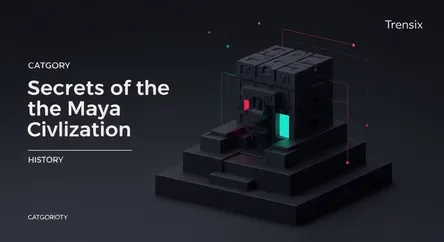History
Secrets of the Maya Civilization

Explore the Maya, an advanced Mesoamerican civilization known for its hieroglyphs, mathematics, and monumental architecture that continues to fascinate.
What is it?
The Maya civilization was a sophisticated Mesoamerican culture that flourished in modern-day southeastern Mexico, Guatemala, Belize, and parts of Honduras and El Salvador. Developing from as early as 2000 BC, it reached its peak during the Classic Period (c. 250–900 AD). The Maya were renowned for creating the most advanced writing system in the pre-Columbian Americas, known as hieroglyphs. They also made incredible advancements in art, architecture, mathematics (including the concept of zero), and astronomy. Their society was not a unified empire but a collection of powerful city-states, such as Tikal and Calakmul, linked by trade and frequent conflict.
Why is it trending?
The Maya remain a topic of intense interest due to the enduring mystery of their "collapse," where many great cities in the southern lowlands were abandoned around 900 AD. Theories point to causes like intense warfare, deforestation, and severe drought. Ongoing archaeological discoveries in the jungles of Central America continue to unearth new pyramids, artifacts, and insights into their complex society. The deciphering of their intricate writing system has revealed a rich history of dynastic rulers, politics, and rituals, challenging older views and keeping the civilization relevant in popular culture and academic research.
How does it affect people?
The Maya legacy is alive and well. Today, more than six million Maya descendants live in their ancestral lands, speaking various Mayan languages and maintaining cultural traditions. Their agricultural staples, including maize, beans, and squash, are fundamental to diets worldwide. The Maya's advanced calendar and astronomical knowledge laid groundwork for later scientific understanding. Furthermore, their stunning architectural ruins are major tourist destinations that fuel regional economies, and their ancient art and design motifs continue to influence modern architecture and culture.